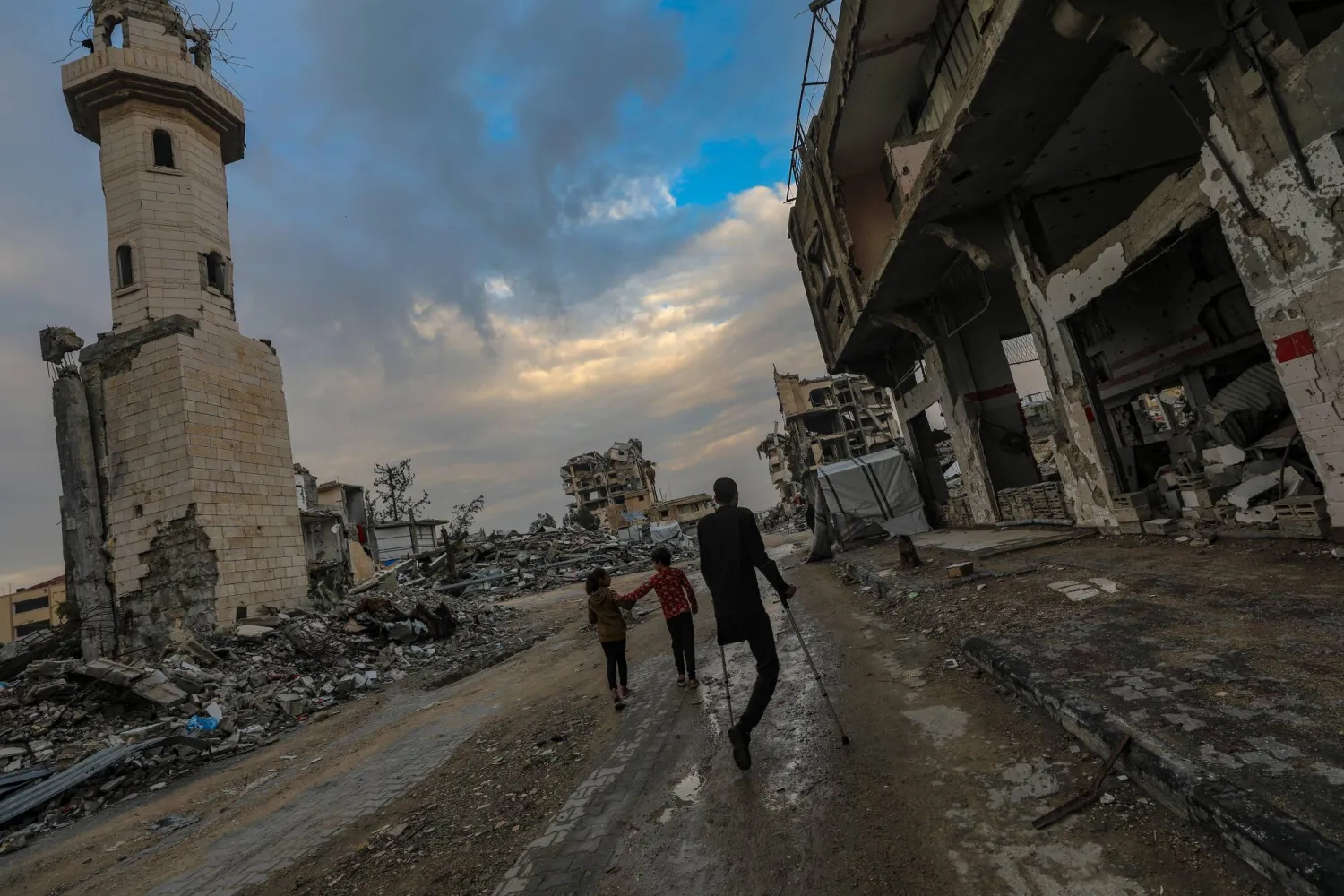Algeria’s Kabylie region is witnessing unusual momentum and activity, marked by initiatives opposing a separatist group’s plan to proclaim an “Independent State of Kabylie” on Sunday in France.
The move is one chapter in ongoing tensions with Algeria, which accuses Paris of “harboring enemies of its territorial unity.”
In Bejaia province, about 250 km east of Algiers and the largest city in Kabylie, residents and local groups have launched a series of initiatives in recent days to express their rejection of any proposal that undermines national unity.
The national flag has been widely hung from the facades of homes and shops, while taxis and public and private transport vehicles have also been decorated with the flag, creating a scene dominated by national colors across the city’s streets and neighborhoods.
Rejecting any threat to national unity
Coinciding with the anniversary of demonstrations held in 1960 during Algeria’s war of independence from France from 1954 to 1962, the Bejaia Directorate of Youth and Sports organized a convoy of cars adorned with national flags on Thursday.
The convoy set off from the city center and passed through several streets and villages under the slogan “Algeria is one and united,” under the supervision of local authorities.
In the same context, a real estate developer raised the national flag on the main facade of one of the city’s largest residential complexes, a 28-story building, in a move that drew positive reactions from residents and was seen as another expression of attachment to national symbols.
Bejaia’s neighborhoods have also witnessed a form of symbolic competition through the display of flags of varying sizes.
A large flag was raised in November 1, 1954 Square, with announcements of further initiatives to unfurl a massive flag atop Mount Gouraya, the city’s most prominent tourist landmark, with the participation of several local associations.
Bejaia University students issued a statement rejecting the separatist project carried by the Movement for the Self Determination of Kabylie, known by its French acronym MAK.
They reaffirmed their commitment to “the unity and sovereignty of Algeria” and called for confronting what they described as “narratives that undermine national cohesion,” referring to the planned declaration of an “Independent State of Kabylie,” which MAK says it will announce on Sunday in Paris under the leadership of its head, Ferhat Mehenni, who is wanted in Algeria on terrorism charges.
In the same vein, a number of intellectuals and activists in Bejaia expressed similar positions through statements and comments, while a popular gathering is expected to be held near the House of Culture on Sunday to voice opposition to the move.
The local journalists’ organization in Bejaia also announced its rejection of “any plan targeting the country’s unity,” stressing in a statement that “preserving a unified Algeria is a collective responsibility that is not open to compromise.”
Calls to confront MAK
Abdelkader Bengrina, head of the pro-government National Construction Movement party, said on Saturday during a meeting with party officials that “what this terrorist movement is attempting today is a desperate effort to turn back the clock and revive colonial ambitions that were buried decades ago.”
He added that “their determination to declare the independence of Kabylie from Algeria is nothing more than a new chapter in a farcical play aimed at testing the pulse of the Algerian nation and dragging the country into chaos.”
“We are fully confident that our security forces will strike with an iron fist against the plans of this movement and its operational cells wherever they exist, within the framework of the law,” he said.
Bengrina implicitly accused France of hosting separatists and their project, saying that “some European capitals are crying foul these days when one of their agents is exposed while posing as a tourist, even though his mission was to promote separatist discourse and encourage chaos.”
He was referring to French journalist Christophe Gleizes, who was sentenced by a court in Tizi Ouzou to seven years in prison on charges of “maintaining links with a leader of the Movement for the Self Determination of Kabylie.”
By contrast, Mehenni said in comments to the media in France, where he lives as a political refugee, that “there is no turning back,” arguing that “the policies pursued by Algeria in Kabylie since 1963 make independence the only solution.”
The movement was founded in 2001 following deadly clashes between security forces and segments of the Kabylie population that left 160 people dead.
Initially advocating autonomy, it later shifted toward full secession.
In May 2021, Algerian authorities designated the group a “terrorist organization,” accusing its members of planning violent acts and receiving foreign funding.
The movement relies heavily on emigrants originating from Kabylie, particularly in France and North America, but has little presence inside Algeria.
Authorities have arrested many of its members in the three Kabylie provinces of Tizi Ouzou, Bejaia and Bouira, all east of the capital, including MAK’s representative in the region, Bouaziz Ait Chebib.
Deep rooted political forces in the region have strongly rejected the separatist step, led by the Socialist Forces Front, which condemned what it described as “a separatist project that undermines Algeria’s national unity.”









